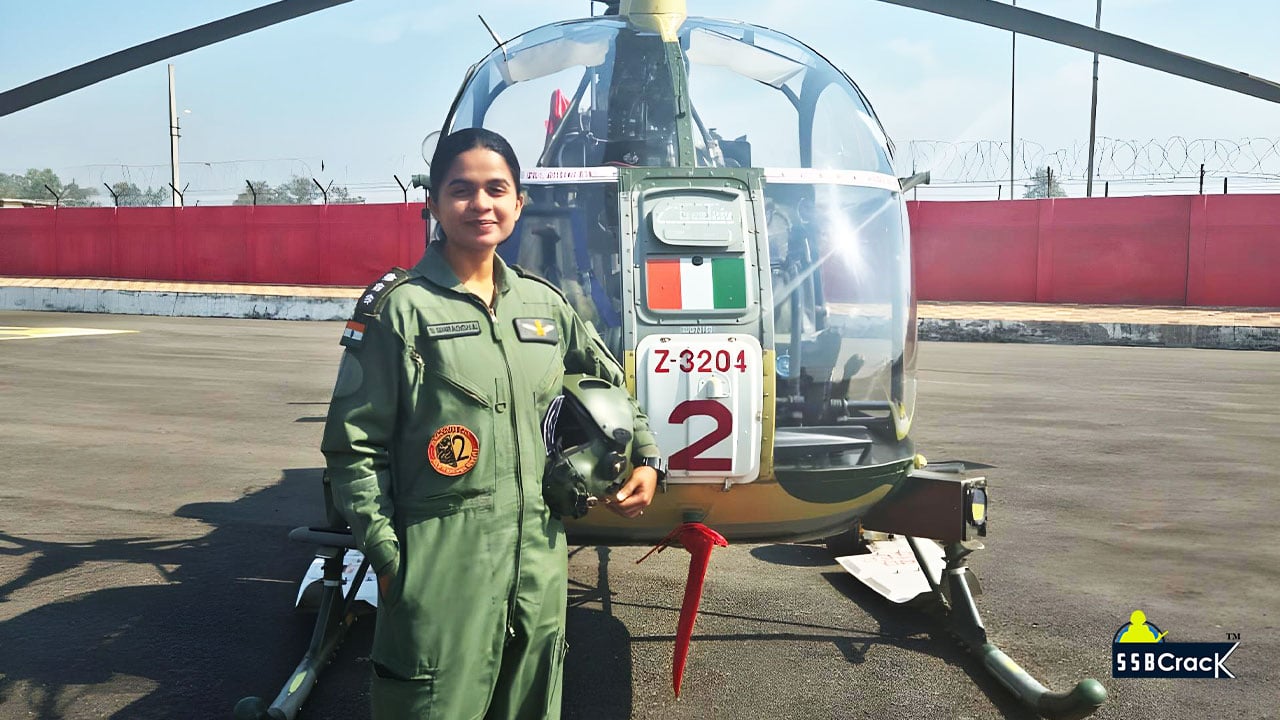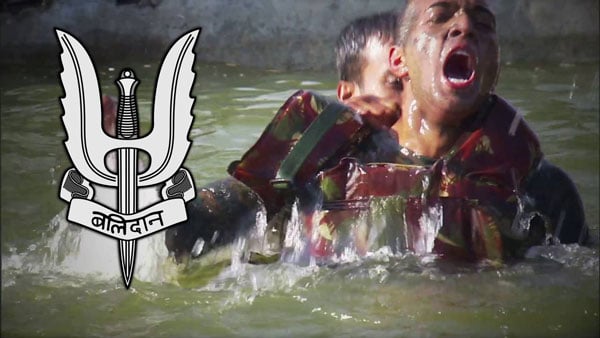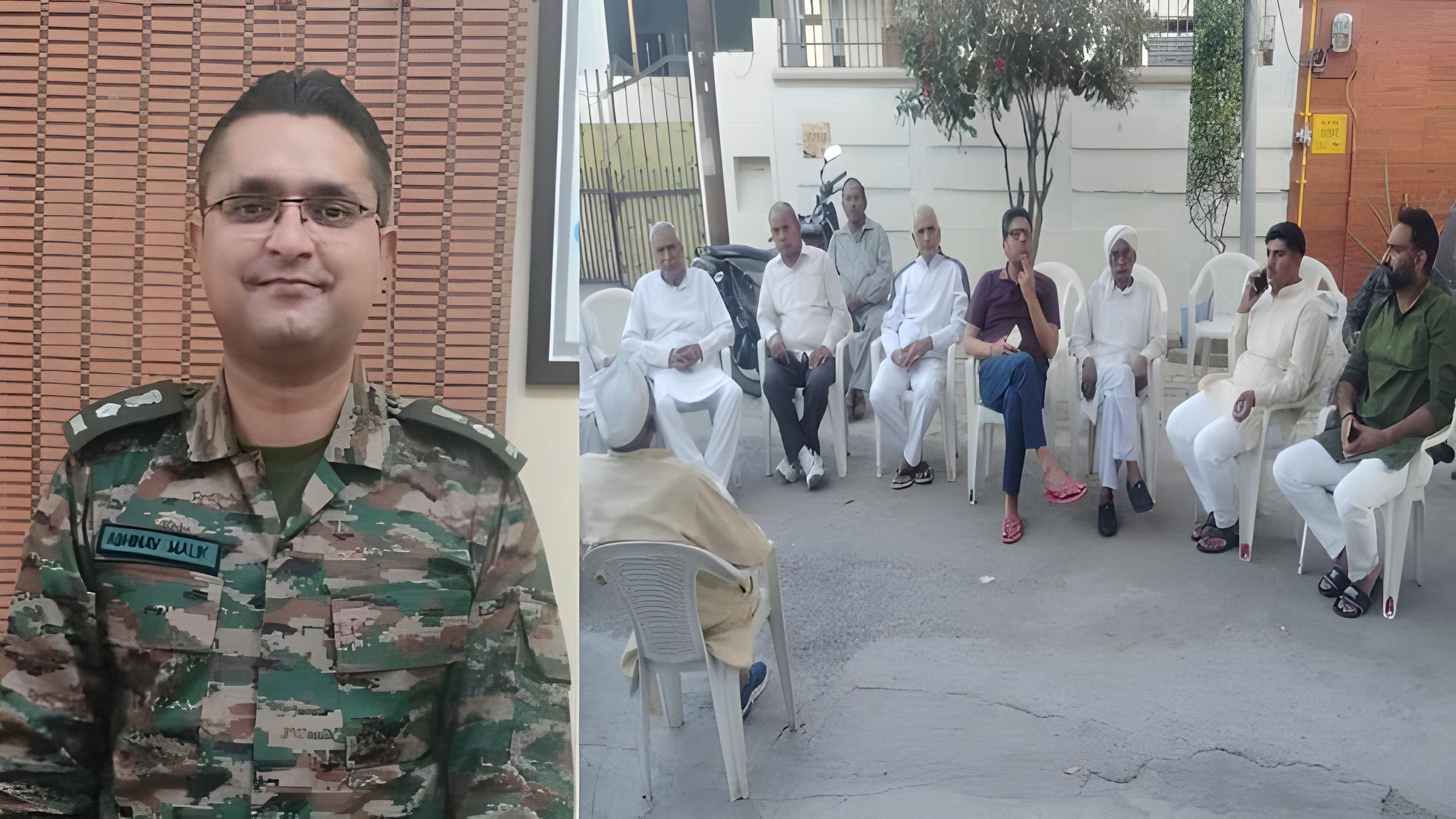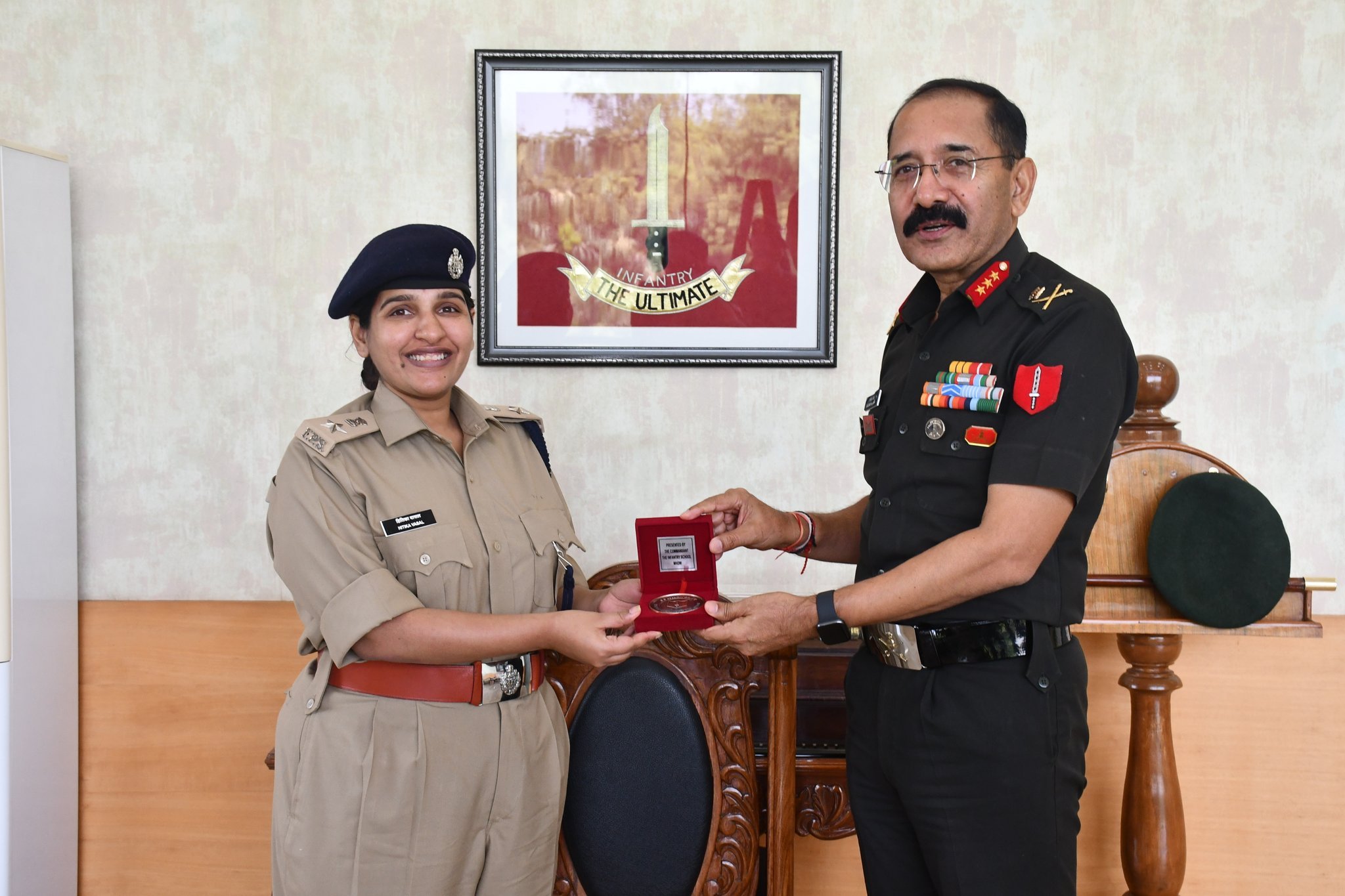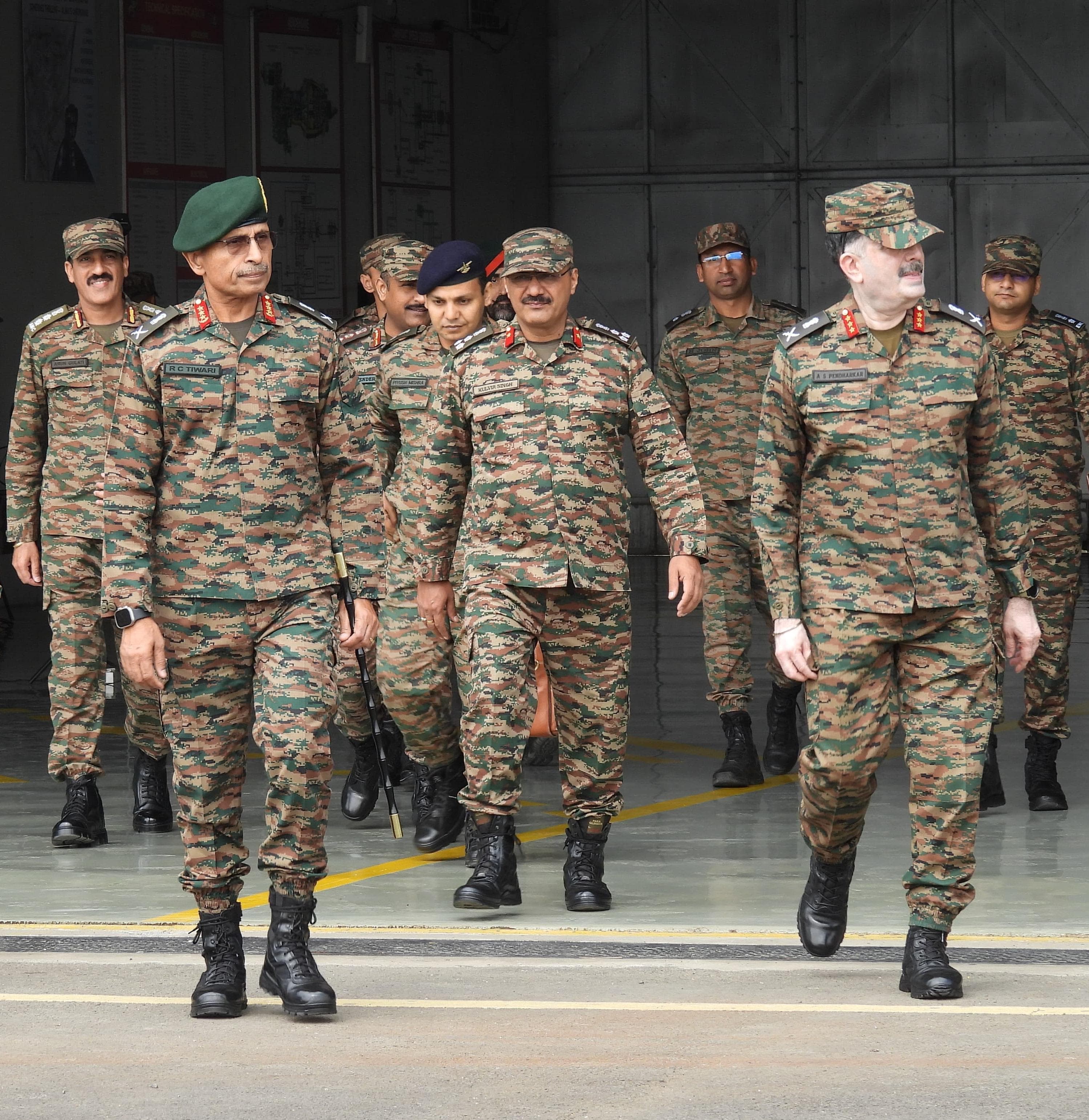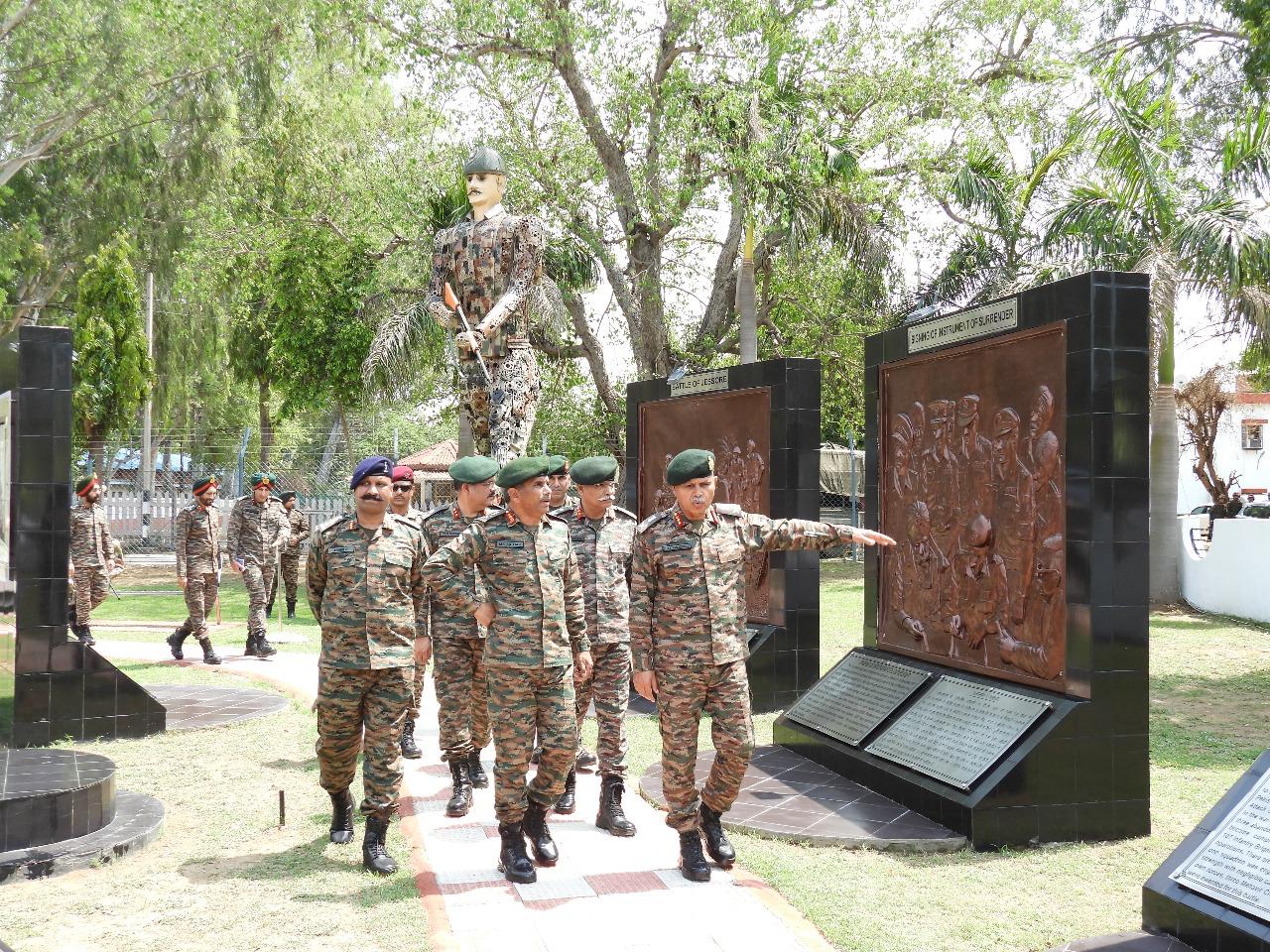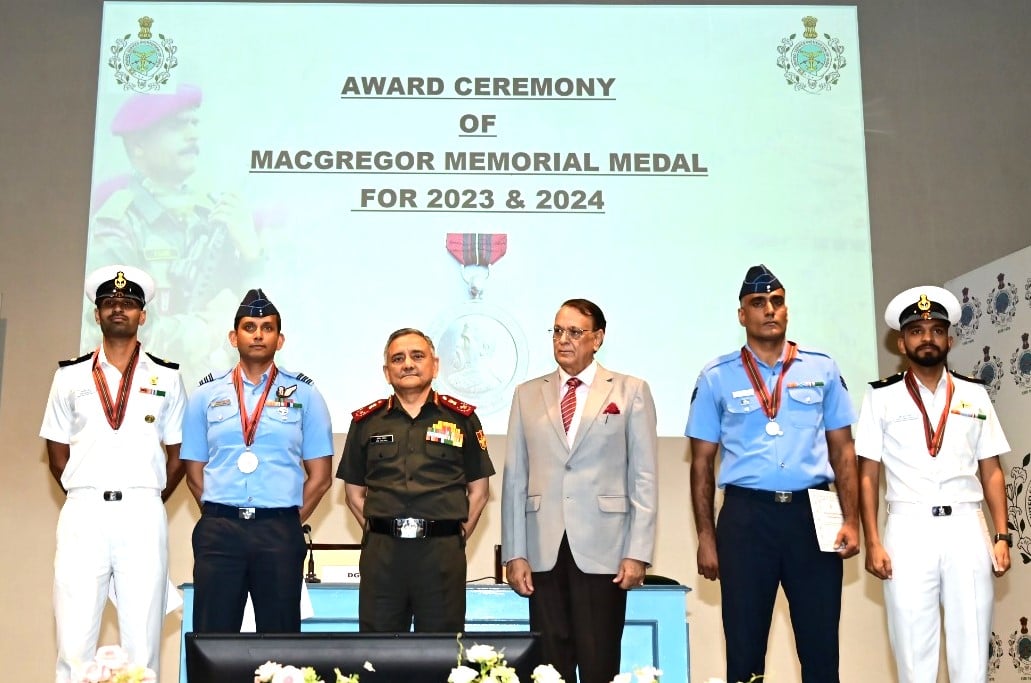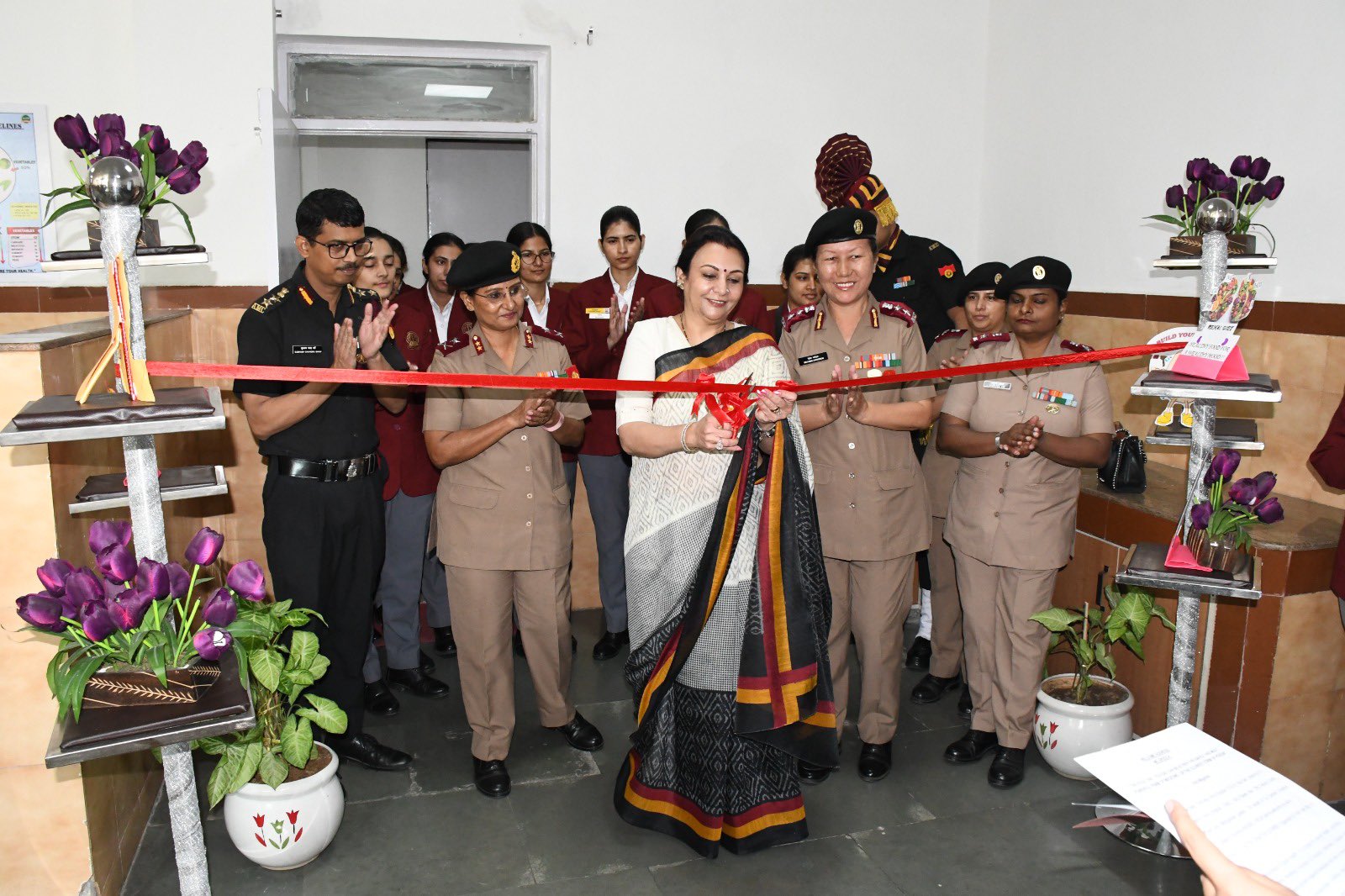Hello, Warriors. India successfully test-fired its indigenously developed nuclear capable Prithvi-II missile on 18th Feb 2016. The missile test was carried out from a mobile launcher from launch complex-3 of the Integrated Test Range (ITR) at Chandipur in Odisha at 1210 hrs.
Download eBooks:
- Strategic Forces Command personnel test-fired the nuclear-weapons-capable Prithvi-II missile for a range of 250 km as against its full strike range of 350 km.
- The missile regiment unit of the Command picked up a missile randomly from the production lot and launched it from a road mobile launcher around 9.15 a.m. for regular user training.
- The surface-to-surface Prithvi-II missile is capable of carrying 500 kg to 1,000 kg of warheads.
- It uses advanced inertial guidance system with maneuvering trajectory to hit its target.
- The Prithvi-II could not be intercepted because of this “maneuvering trajectory capability”.
- The surface-to-surface missile is 9 meter-tall, single-stage liquid fueled and is thrusted by liquid propulsion twine engines.
- Prithvi-II, the first missile to be developed under the Integrated Guided Missile Development Programme of the DRDO, was inducted into the Command in 2003. It is now a proven technology.
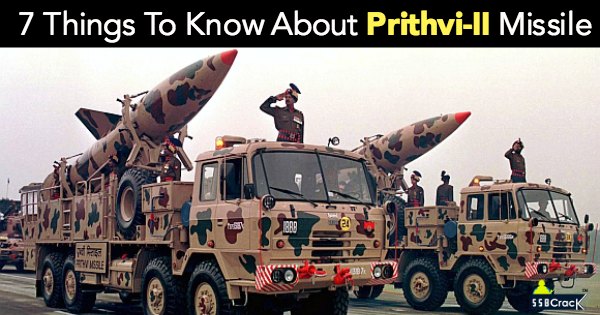
The achievements of DRDO from this test launch are:
- The “copybook flight” met the mission objectives. A hybrid GPS-INS (inertial navigation system) improved accuracy.
- Two indigenously developed radar transponders for S and C bands were test-flown in the missile and validated. They could be used for bigger missiles.
- The transponders would communicate via radar the position of the missile and help track it.
- Radars and electro-optical tracking and telemetry systems along the coast monitored the trajectory and other parameters of the missile in real time.
Such training launches clearly indicate India’s operational readiness to meet any eventuality and also establish the reliability of this deterrent component of the country’s strategic arsenal.




